Finally here are the eagerly awaited results of the blind tasting of 12 dry Rieslings from the Rheinhessen region of Germany plus three ringers (same grape, same vintage, also dry) which took place on the evening of Wednesday, November 28th at Trestle on Tenth. Thanks everyone who participated in this mind-expanding tasting and particularly to the 20 expert tasters who gave us their scores to calculate these results. Although many of you scored very cautiously and there was often disagreement about which were the best wines on the table, the lowest average score of 85.3 strikes me as confirmation of the high overall standard and fits in with the mood at the table after the tasting. Some comment is necessary as there has been some intense discussion amongst the jury since the 28th.
1st place was the 2011 Hubacker Riesling GG („Grosses Gewächs“) from Keller in Flörsheim-Dalsheim/Rheinhessen with an average score of 90.45. Congratulations Klaus-Peter Keller, pictured above, his wife Julia and their entire team! Their wine managed to be extremely ripe, spicy and concentrated, yet retain a wonderful lightness of touch and near-perfect balance. It is one dangerously sexy Riesling and the jury were almost unanimous in their admiration. Interestingly the alcoholic content of Keller’s Hubacker is “only” 13%, which is at the low end of the range for the tasting. With dinner the now perfectly mature 2002 vintage of this wine gave an idea of how the 2011 will develop. Pictured below is the Hubacker with the stone tower built by Klaus-Peter’s father.
2nd place was the 2011 Heerkretz Riesling GG from Wagner-Stempel in Siefersheim/Rheinhessen with an average score of 88.8, a result which masks how controversial it was with individual scores ranging from 80 to 96 points. For some jury members, including me, this was a wine that combined exceptional ripeness (tropical fruit aromas) with a diamond brilliance and racy mineral finish. A few people at the table were irritated by what they felt was a sweet note, though I can assure them that the wine is not sweeter than most others in the tasting (typical around 0.5% residual, which easily qualifies as dry according to German, EU and US wine law). This wine grew on stony porphyry soil in a very steep high-altitude site, the kind of vineyard most people don’t associate with Rheinhessen!
3rd place was the 2011 Kirschspiel Riesling GG from Groebe in Westhofen/Rheinhessen with an average score of 88.45. This was a rich, powerful and rather fleshy wine which everyone seemed to enjoy. Although it seemed quite open when poured it developed beautifuly as it warmed and aerated in the expansive bowl of the Zalto Bordeaux glass, growing in elegance. Fritz Groebe is not one of the young stars of the region, and has often been damned with faint praise by the German wine critics. Thank you New York for being more open-minded!
4th place was the 2011 Riesling „Turm“ from Riffel in Bingen-Büdesheim/Rheinhessen with an average score of 88.2. In this wine Erik Riffel mastered the art of balancing 14% alcohol with a racy acidity. This wine from the quaritic slate soil of the Scharlachberg site struck me as very young, the nose still very closed-up. Placing this high is quite an achievement for the Riffels when you think that the first vintage of this wine was 2007. Astonishingly, this organic producer is still almost unknown outside Germany.
5th place was a ringer, the 2011 Riesling EG („Erstes Gewächs“) from Schloss Johannisberg in Johannisberg/Rheingau with an average score of 88.15. With its fine peachy nose, restrained power and elegance this was the ringer which impressed most. Since Christian Witte started shaking things up here back in 2005 Germany’s most famous wine estate has made a quantum leap in quality.
6th place was the 2011 Morstein Riesling GG from Wittmann in Westhofen/ Rheinhessen, one of the “new classics” of the region with an average score of 88.1. The first vintage of this wine which Philipp Wittmann made was 1998 and tasting it for the first time was a mind-blowing experience for me. Still very young and slightly closed-up it had great concentration and high-tensile power on the palate leading to an enormously long mineral finish. After the blind tasting the 2005 vintage of this wine wowed everyone.
8th place were the 2011 Geyersberg Riesling from Dreissigacker in Bechtheim/Rheinhessen and the 2011 Hölle Riesling from Thörle in Saulheim both with averages of 87.7. These were both very big, powerful and textural wines that polarized the jury, some raving, others criticizing the wide-screen scale and weight of the wines. The wine from Dreissigacker was slightly fresher, that from Thörle more spicy and creamy.
10th place were the 2011 Hundertgulden Riesling from Hofmann in Appenheim/Rheinhessen and the 2011 Kirchenstück Riesling GG from Battenfeld-Spanier in Höhen-Sulzen both with average scores of 87.5 points. These wines are both from limestone soils, though of very different kinds. The Hofmann wine was very cool, elegant and understated, while the Battenfeld-Spanier wine was concentrated and strident with a salty minerality.
11th place was the 2011 Leckerberg Riesling from Winter in Dittelsheim-Hessloch/Rheinhessen with an average score of 86.8. With its ripe pineapple and honey aromas this was another rich wine that some tasters found too weighty, while others praised exactly these qualities. In spite of the wine still managed to beat the next ringer. It would be interesting to compare this, the Dreissigacker and Thörle wines blind with high-end white burgundy.
12th place was 2011 Kellerberg Riesling “Smaragd” from F.X. Pichler in Oberloiben/Wachau with an average of 86.7. There was much praise for the extremely distinctive nose of this wine (I noted white chocolate) and it received several very high scores. However, there were more members of the jury who found it too alcoholic. This vintage of Austria’s most famous Riesling is still very young and will surely show better in a year or two.
13th place and just a whisker behind it came the 2011 Riesling “Rabenturm” from Fritz Ekkehard Huff in Nierstein-Schwabsburg/Rheinhessen with an average score of 86.65. The first vintage of this wine was 2008 and winemaker Christine Huff is still in her mid-twenties. This was quite a cool and racy wine with something yeasty, but for me also yellow peach and spice notes.
14th place was the 2011 Dry Riesling from Hermann J. Wiemer in the Finger Lakes/New York with an average score of 85.95, which is pretty good result when you consider that this is the regular bottling of dry Riesling from Wiemer. Sadly we couldn’t obtain any of the superior vineyard designated bottlings at short notice.
15th place was the 2011 Rothenberg Riesling GG from Gunderloch in Nackenheim/Rheinhessen with an average of 85.3. It certainly had the most pronounced acidity of any wine in the tasting, was also the most youthful and perhaps these things counted against it somewhat. It and the wine from Huff, both of which come from vineyard sites with Rotliegends, or “red slate” – actually a form of layered iron-rich sandstone) soil attracted some of the same kind of criticism as the Wagner-Stempel. What for some jury members were youthful aromas from very ripe grapes were for others negatively “sweet”. Once again, these are not sweet wines. It is striking that the three wines from the most stony soils should all have been the cause of the same kind of taster irritation. The winemaking of these wines differed in many respects and in each case there are other wines in the tasting which were made rather similarly, so logically winemaking cannot be the explanation. Rather it is those “cool” stony terroirs!
In spite of this, reactions to the tasting from the jury members have been overwhelmingly positive, often ecstatic. Almost nobody present expected that a region still often associated with cheap ‘n’ sweet Liebfraumlich could produce such a diversity of high-end dry Rieslings. And I promise you with just 12 wines we were only able to show a small selection of what is out there in the Dream Factory of dry white wines. The New Rheinhessen have landed in New York!

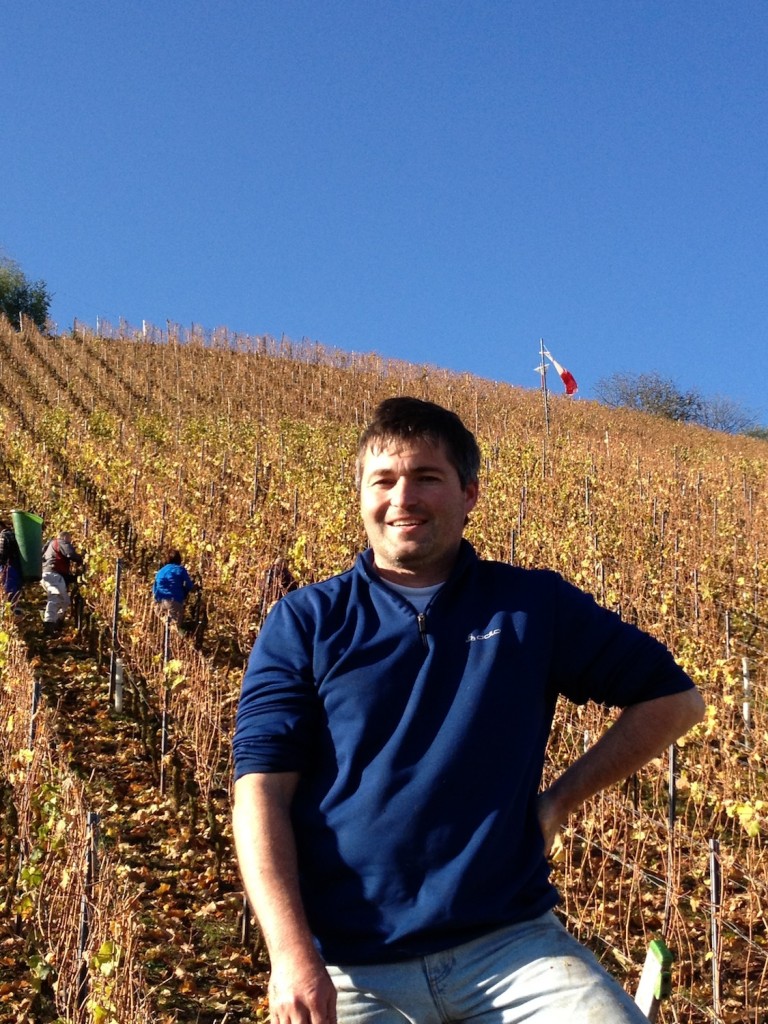
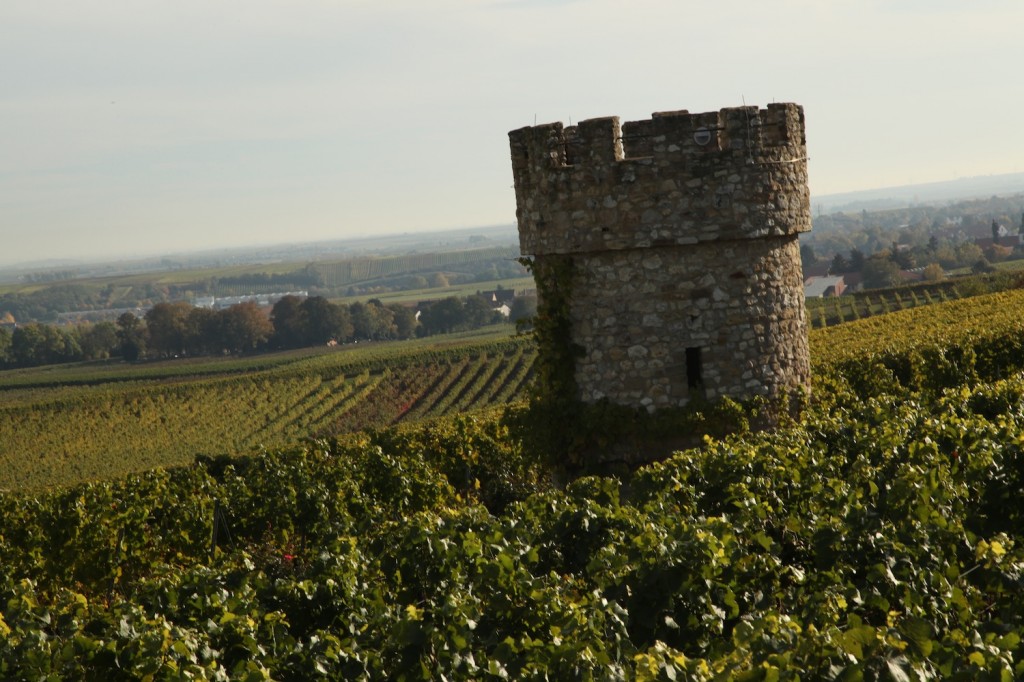
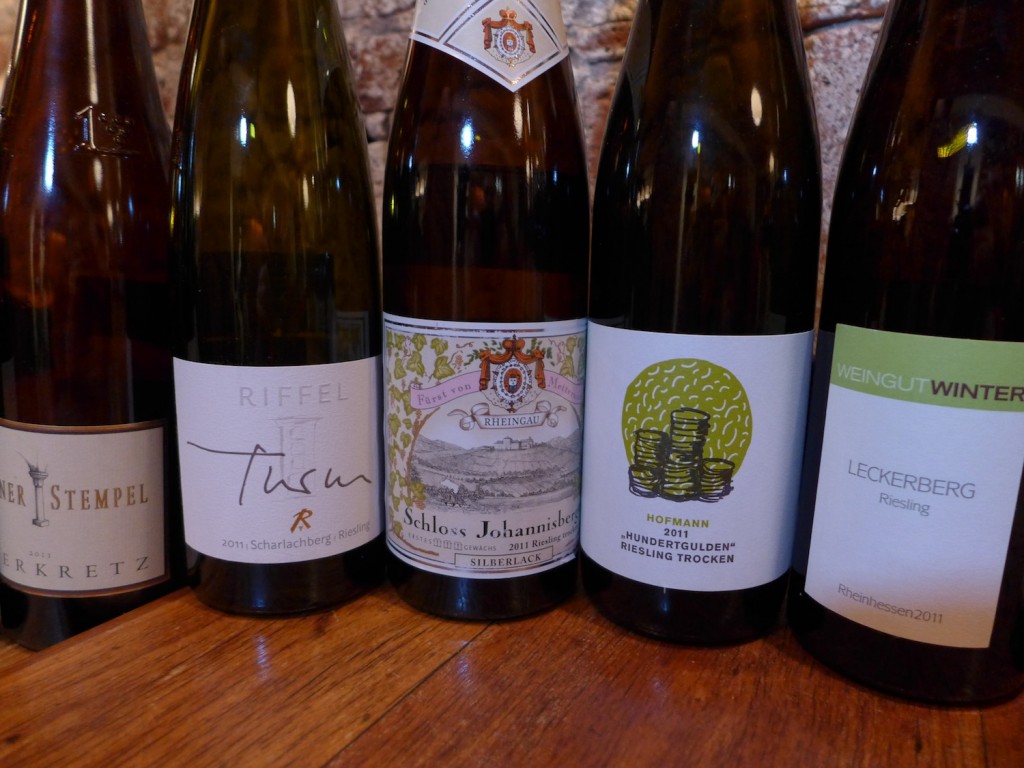
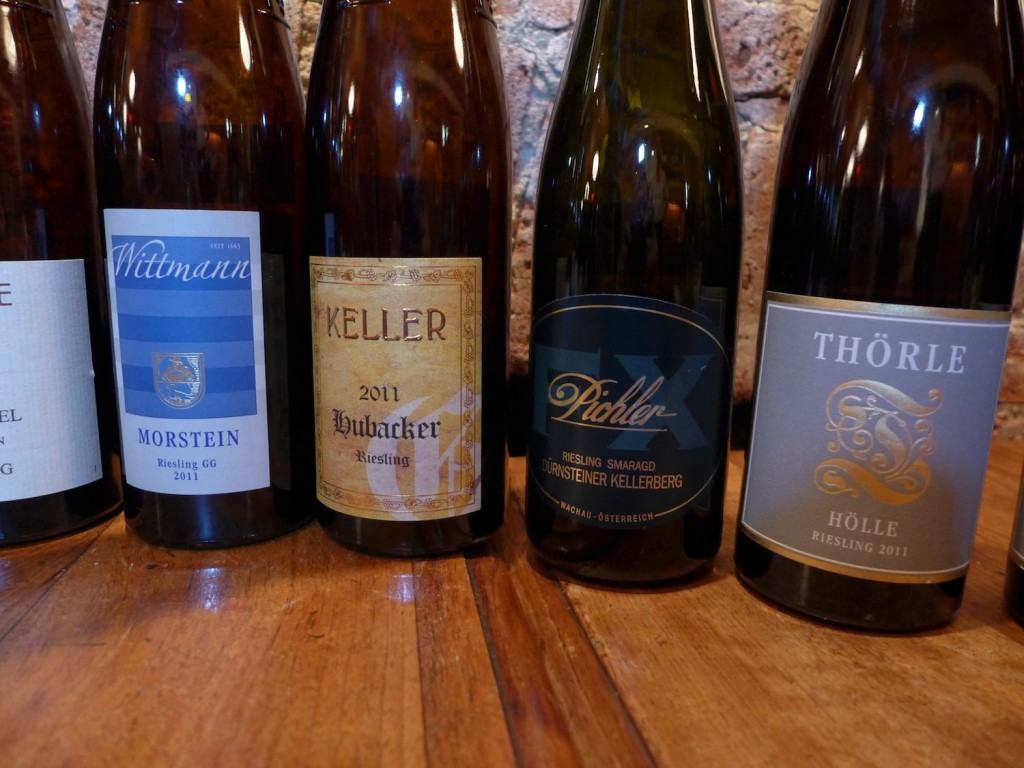
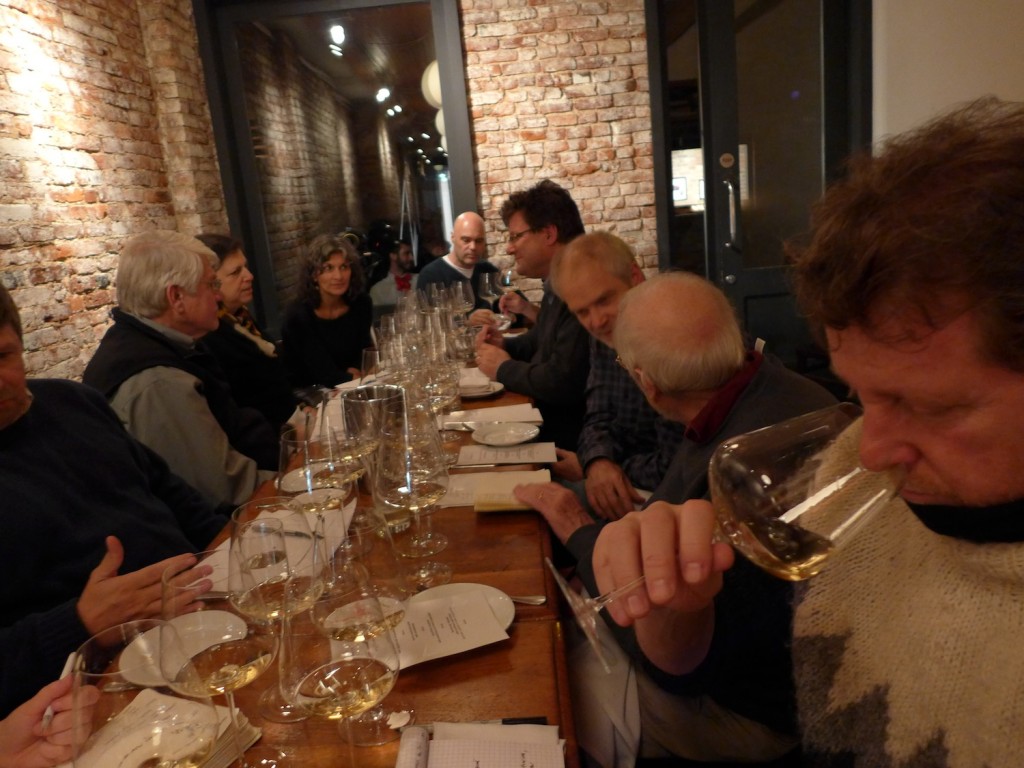
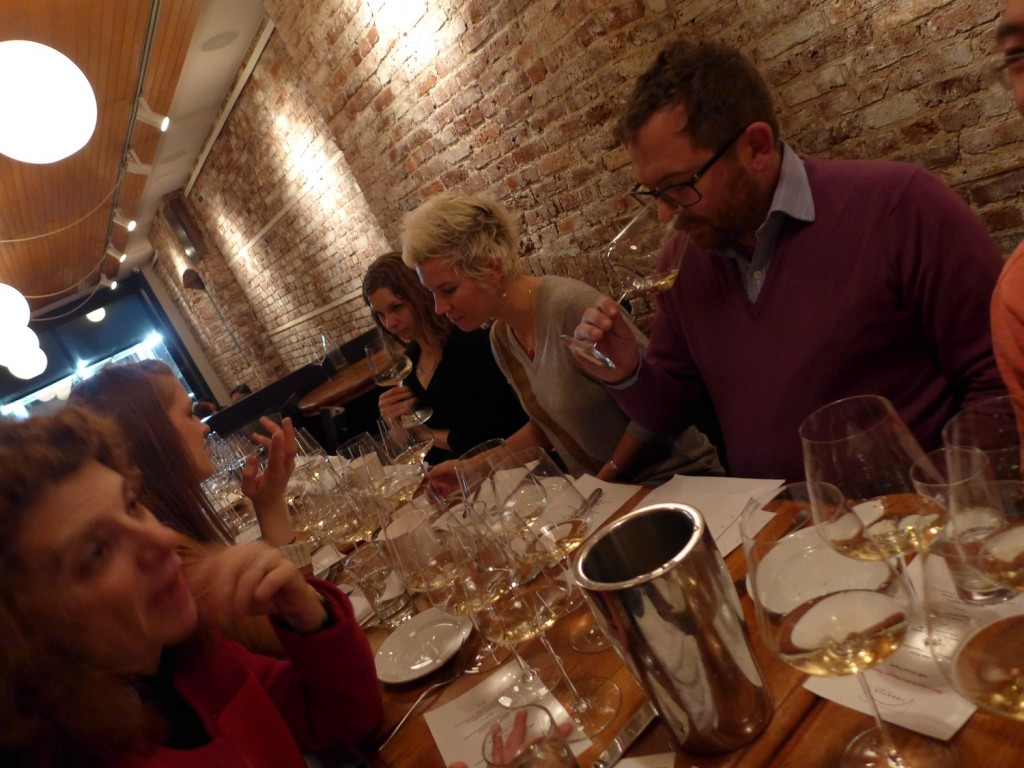
![120114_riesling_global_RZ [1600x1200]](http://www.stuartpigott.de/wp-content/uploads/2012/12/120114_riesling_global_RZ-1600x1200.jpg)
Great delivery. Sound arguments. Keep uup the amazing spirit.
My homepage injury (Omer)